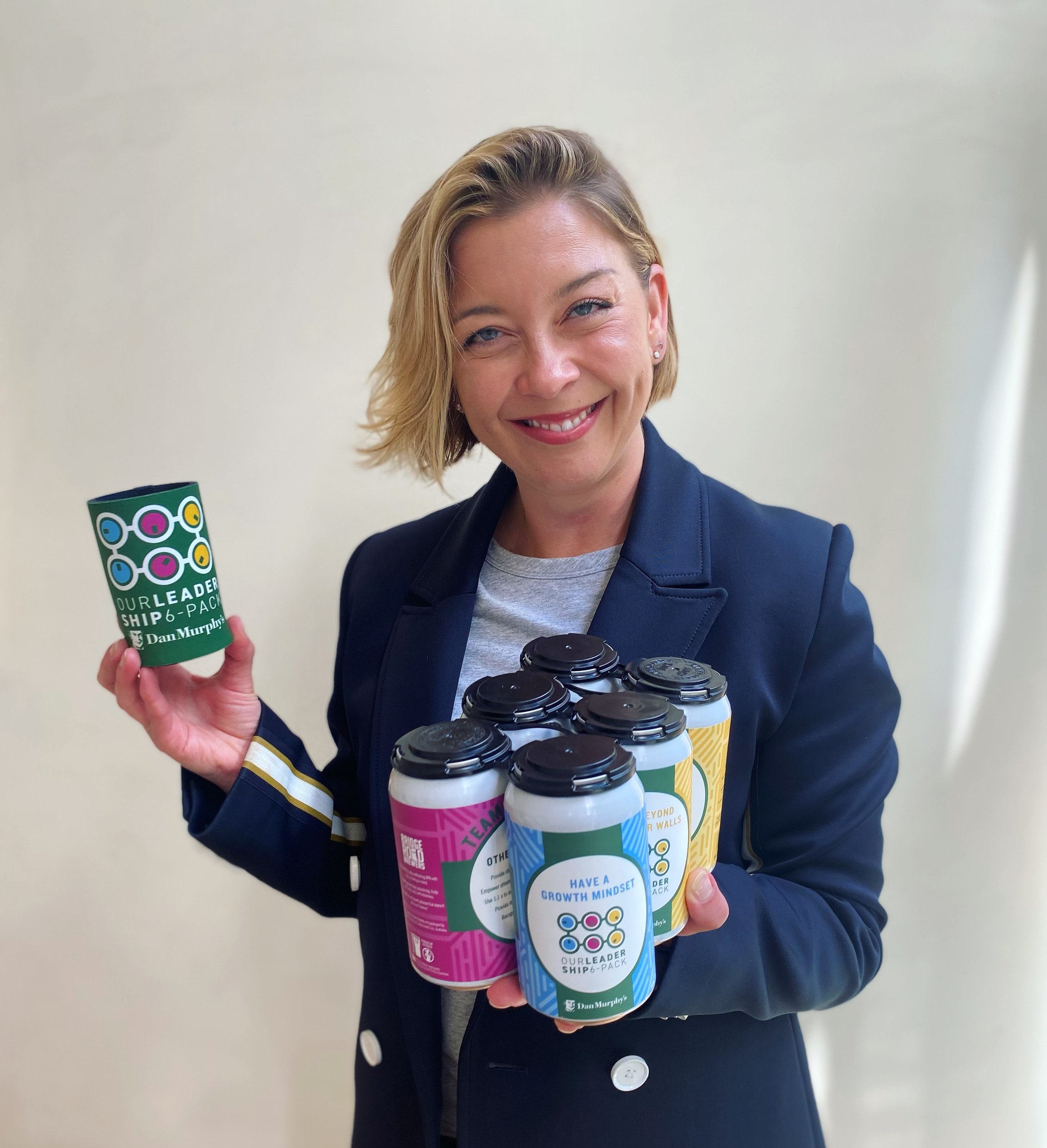
Leadership frameworks
Define the leadership behaviours essential for success.
What does being a leader mean?
Defining what it means to be a leader in your organisation is where motivation and commitment to behaviour change begin - with a standard to inspire and be held to.
A leadership framework is fundamental for developing and maintaining leadership effectiveness.
Through a shared understanding and language of leadership, your framework can not only guide individual leaders’ decisions and actions but also inform how you identify, select, manage, develop, promote, reward, and exit leaders at an organisational level.
With each decision made in alignment with your framework, you strengthen your leadership culture. This, in turn, creates an environment where these behaviours are naturally encouraged and reinforced.
Ready to establish the foundations for lasting behaviour change within your organisation?
Five ways a leadership framework guides behaviour
Clarity
A leadership framework provides a clear definition of what great leadership looks like, giving leaders direction and a concrete understanding of what is expected of them.
Consistency
By establishing a common set of leadership standards, your framework ensures leaders are aligned in their approach, which helps maintain consistent behaviour across the organisation.
Feedback
Leaders can be assessed against your framework, receiving feedback that is directly tied to the defined expectations. This helps identify areas for improvement and track progress.
Development
A framework underpins the design of customised leadership development solutions. This focused approach is more effective than generic training, leading to more meaningful behaviour change.
Recognition
By linking rewards and recognition to the behaviours outlined in your framework, leaders are incentivised to adopt and maintain these.
Your organisation’s leadership framework should set it apart, not make it blend in with the crowd.
Context counts
Below are the four steps I recommend to define the leadership behaviours that matter most within your specific context:
-
The work kicks off with a desktop review of documents that provide insight into your organisation’s DNA, current state of play, and future direction. Examples include:
Purpose, vision, and mission statements
Business strategy
Organisational values
Brand positioning statement and style guide
People strategy and employee value proposition (EVP)
Performance, engagement, and talent data
Position descriptions for leadership roles
Current leadership program material.
-
Next, stakeholders are engaged in co-design through 1:1 interviews with senior leaders and 1:4 listening sessions with a diverse cross-section of leaders (i.e., a mix by gender, tenure, location, business area, and role level).
This consultation not only informs an optimal solution but also helps to secure buy-in and ownership of the final framework, which greatly assists with implementation.
Plus, inviting leaders to contribute their perspectives is a great way to recognise top-performing leadership talent within your business.
-
On completion of the discovery phase, outputs are themed and analysed to identify the critical leadership mindsets, behaviours, and skills to include in your framework.
The nature and number of these leadership capabilities are tested with you before we write a more detailed draft that weaves through best practice inputs, external insights, and creative use of your leaders’ tone of voice.
To ensure the framework resonates, emphasis is placed on using language from your leaders to describe what great leadership at your organisation looks like.
The draft also includes a visual ‘look and feel’ concept to test with you.
-
Your draft leadership framework is then presented back to stakeholders in validation workshops for further testing and feedback, and to identify risks, enablers, and ideas for implementation.
Workshop outcomes are then used to finalise the leadership framework ready for handover and sign-off, along with a summary of implementation suggestions and recommended next steps.
-
Your co-design group can then be invited to launch and champion your leadership framework, contributing to future leadership development initiatives.
Insights & case studies




